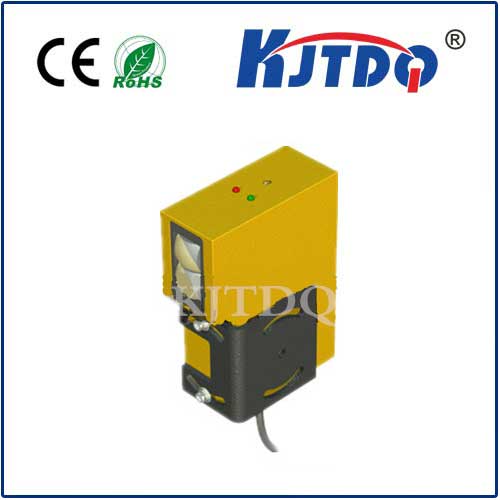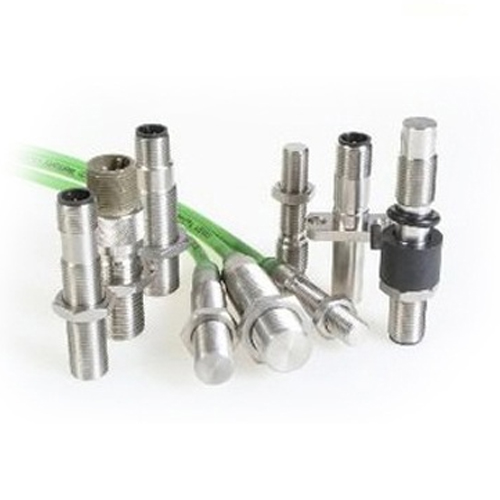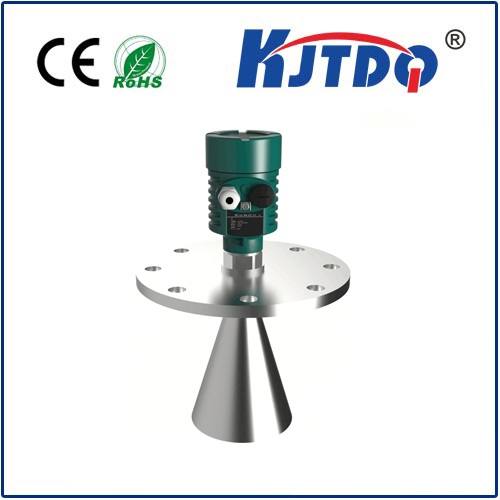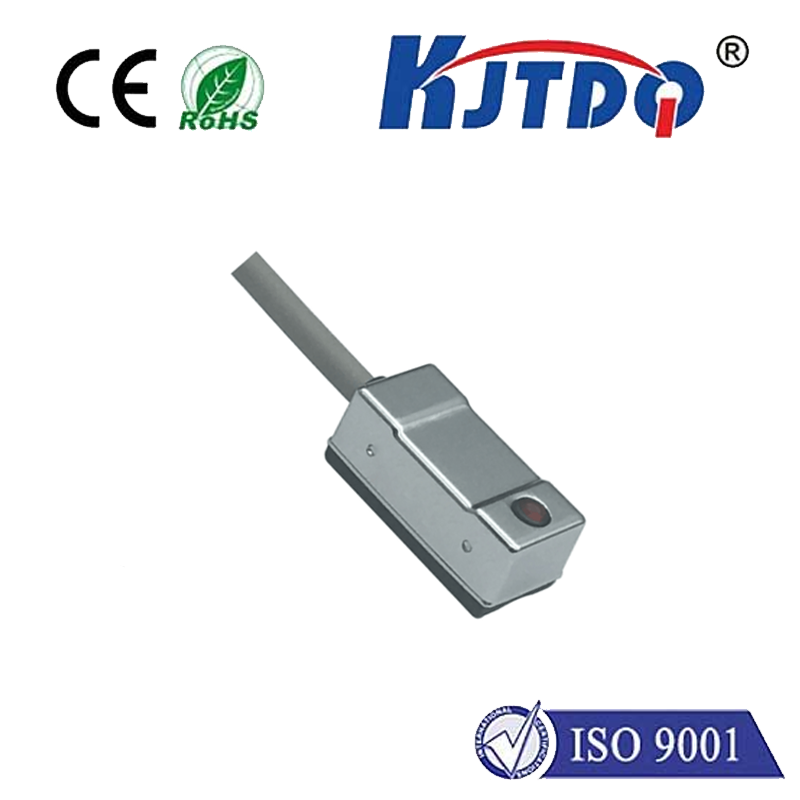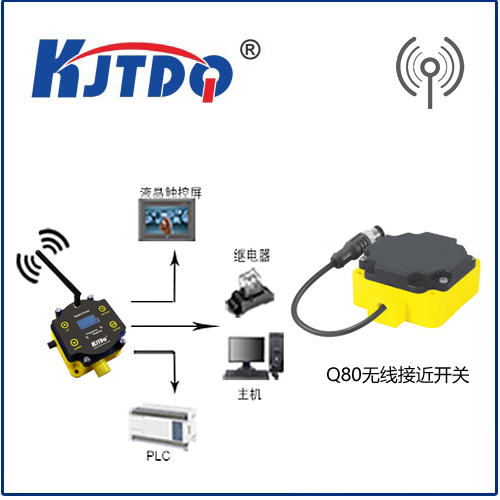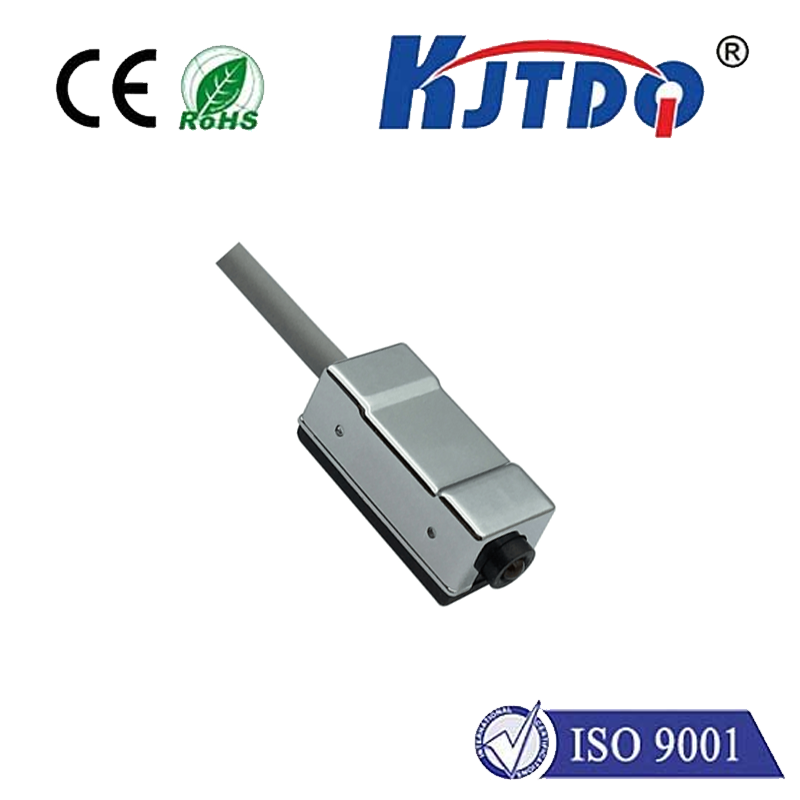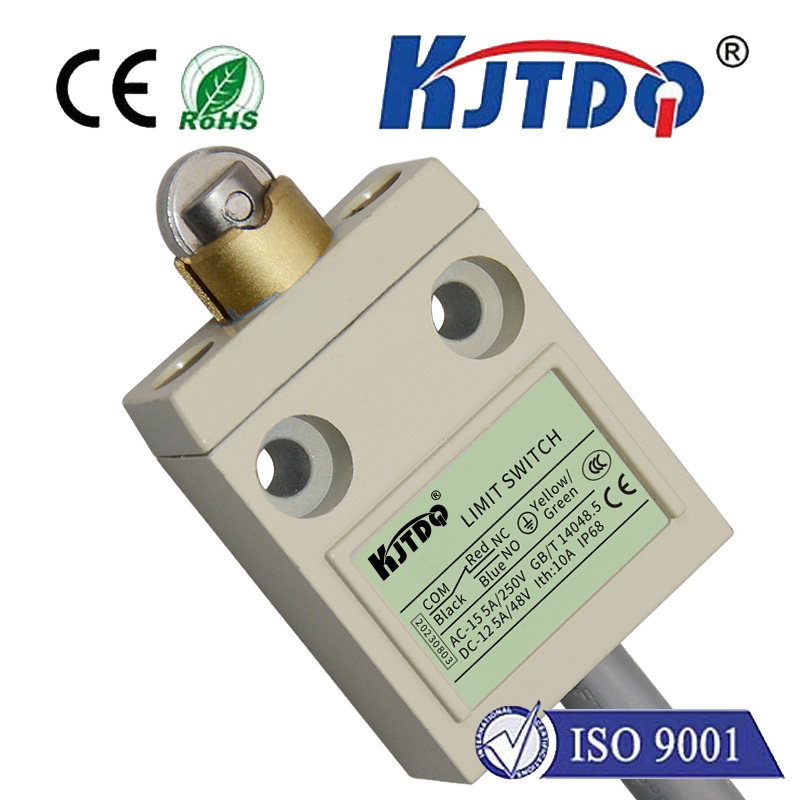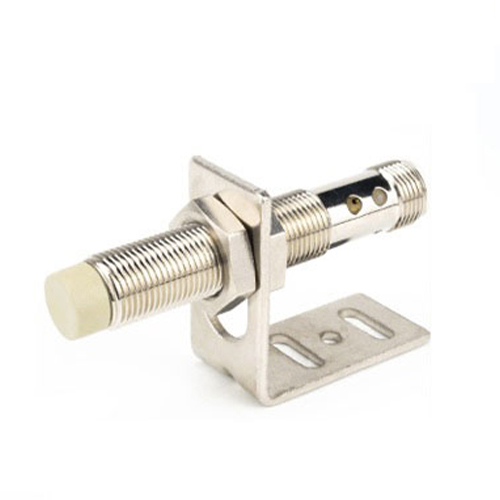Unlocking the Power of Lidar Neato: Revolutionizing Navigation and Mapping Imagine a world where robots and devices can navigate complex environments with the precision of a human eye. This is no longer science fiction—thanks to Lidar Neato, it’s a reality. Lidar (Light Detection and Ranging) technology has been a game-changer in fields like autonomous vehicles, robotics, and environmental mapping. When paired with Neato Robotics, a pioneer in smart home solutions, Lidar takes on a new dimension, offering unparalleled accuracy and efficiency. In this article, we’ll explore how Lidar Neato is transforming the way we interact with technology and the world around us.
Lidar Neato refers to the integration of Lidar technology into Neato Robotics’ products, particularly their robotic vacuum cleaners. Lidar is a remote sensing method that uses laser pulses to measure distances and create detailed 3D maps of environments. Neato Robotics, known for its innovative home cleaning solutions, has leveraged this technology to enhance the navigation capabilities of its devices. The result? Robots that can move seamlessly through cluttered spaces, avoid obstacles, and clean with precision. But the applications of Lidar Neato extend far beyond vacuuming. From smart home devices to industrial automation, this technology is setting new standards for efficiency and accuracy.
At its core, Lidar Neato relies on a combination of laser sensors and advanced algorithms. Here’s a simplified breakdown of the process:
Laser Emission: The Lidar sensor emits laser beams in multiple directions.
Reflection Detection: These beams bounce off objects in the environment and return to the sensor.
Distance Calculation: The time it takes for the laser to return is used to calculate the distance to each object.
Mapping: The data is processed to create a detailed, real-time map of the surroundings. This process happens in milliseconds, allowing devices equipped with Lidar Neato to make split-second decisions. For example, a Neato robotic vacuum can detect a chair leg, adjust its path, and continue cleaning without interruption.

The integration of Lidar into Neato’s products offers several key advantages:
Traditional sensors, like cameras or infrared, often struggle in low-light or cluttered environments. Lidar Neato, on the other hand, performs consistently in all conditions. Its ability to create accurate 3D maps ensures that devices can navigate complex spaces with ease.
By understanding their environment, devices powered by Lidar Neato can optimize their routes and avoid unnecessary movements. This not only saves time but also reduces energy consumption.
Lidar’s high-resolution mapping capabilities allow for precise object detection and avoidance. Whether it’s a piece of furniture or a pet, Lidar Neato ensures that devices interact with their surroundings intelligently.
While Lidar Neato is best known for its use in robotic vacuums, its applications are vast. From drones to security systems, this technology is paving the way for smarter, more autonomous devices.
The impact of Lidar Neato is already being felt across various industries. Here are a few examples:
Neato’s robotic vacuums are just the beginning. Lidar Neato is being integrated into other smart home devices, such as security cameras and lawn mowers, to enhance their functionality and reliability.
In warehouses and factories, Lidar Neato is being used to guide autonomous robots, improving efficiency and reducing the risk of accidents.
Lidar’s ability to create detailed 3D maps makes it invaluable for environmental studies. From monitoring deforestation to mapping urban areas, Lidar Neato is helping us understand and protect our planet.
In healthcare, Lidar Neato is being explored for applications like patient monitoring and assisting individuals with mobility challenges. Its precision and reliability make it a promising tool in this field.
As technology continues to evolve, the potential of Lidar Neato is virtually limitless. Here are a few trends to watch:
Combining Lidar Neato with artificial intelligence could enable devices to learn from their environment and make more sophisticated decisions.
As Lidar sensors become smaller and more affordable, we can expect to see them integrated into a wider range of devices, from smartphones to wearable tech.
From agriculture to retail, Lidar Neato is poised to revolutionize countless industries. Its ability to provide accurate, real-time data makes it a versatile tool for innovation.
In a world where efficiency and precision are more important than ever, Lidar Neato stands out as a transformative technology. By enabling devices to navigate and interact with their environment intelligently, it’s paving the way for a smarter, more connected future. Whether you’re a tech enthusiast, a business owner, or simply someone who values innovation, Lidar Neato is a development worth watching. So, the next time you see a robotic vacuum effortlessly gliding around your home, remember—it’s not just cleaning; it’s a glimpse into the future of technology.
